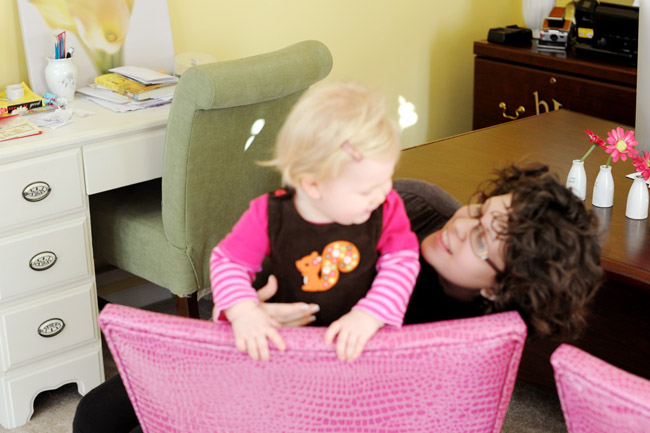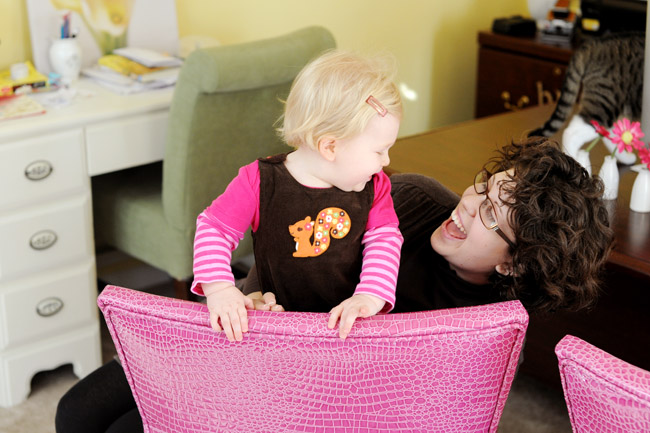Last blog post I asked you what you’re are focusing on this year. Is this your year to actually start creating those crafty inspirations from Pinterest? Break your Words With Friends addiction and trade it in for board games with family instead? Workout, eat right and give your body the love and attention it deserves? Finally tackle all those buttons and settings and find focus on your camera?
I might be able to help a bit with that one.
Today, we’re going to talk more about focus, except this time we’re talking about the one inside your camera lens.
Have you ever been to the Cheesecake Factory? Have you seen their menu?! Oh my gosh, that thing is like a catalog. Every time I go there I am overwhelmed by choices. And I get so overwhelmed with the number of options that I fall back on my old standard, Baja Chicken Tacos. But then one day, I take a friend along with me for dinner and she orders the Spicy Chicken Chipotle Pasta. “But wait,” I proclaim. “I didn’t even know they had Spicy Chicken Chipotle Pasta!”.
As you may very well know your camera has a Cheesecake Factory size menu of modes to choose from. It can be overwhelming to know everything that’s available to you. Sometimes you don’t even know what’s what there in front of you.
For example, did you know you have modes on your camera that to help you find focus on your camera?
One of my biggest frustrations when I began learning all the bells and whistles of my “big camera” was the inconsistency of clarity in my images. I couldn’t understand why parts of my photos appeared blurry and the rest was crisp, clear, and tack sharp. The was most frustrating when it was the subject of my photo who fell victim to this problem.
See what I mean?

That desk looks just sharp and stunning, eh?
What I meant to happen was something a little more like this:

Today I want to demystify this problem.
When you look inside your camera it probably looks a little something like this:

Each of those dots is called a ‘focus point’. They light up as you take a picture. Where ever that light is located is where focal emphasis is placed for that particular image. Anything in the viewfinder that is on the same plane as that focus point will also be in focus. If it’s not on the dot, and it’s not on the same plane, it could end up losing clarity.
Other factors can cause pictures to be blurry or out of focus as well, such as slow shutter speed, low aperture, or even the type of lens you use. But those are topics for another day (another day like during one of these Momtography offerings). *wink*
When you’re in auto focus mode your camera tries to guess where that focus should be placed. (Hence the focus on the desk in my first image above). It will also sometimes light up multiple lights to try and keep everything in focus, instead of sticking to just one light. Auto focus can be a tricky beast to manipulate to suit your needs. But fortunately there is a solution!
You can tell your camera how you want it to focus. By changing your focus mode you can manually place that focus ‘light’ on any one of the points and choose where you want your focus emphasis to be.
Pretty cool, right?
Ok, now I have a job for you. Ready? Go open that junk drawer of yours. Dig out that wordy manual that came with your camera. Open the index and search for “focus”. Each camera is a little different in how their focus modes are named and how they work. Do a little research on your own, but here are some of the names you may see referenced for your particular camera:
Single, Center, Outside, Manual
There are two methods when it comes to using these focus modes while taking photos.
Method 1: Set your focus point to the center setting. Place that center dot over your subject. Lock in your focus by pushing the shutter halfway until it beeps. Hold that halfway position and re-compose the scene. Snap the photo. This method can be a little less accurate depending on how far you must move to re-compose your shot.
Which is why there is also a…
Method 2: You use change the location of the focal point as you are taking pictures. Use your dials as you are setting up a shot and place the focal point light at the nearest location to your subject. Again align the dot with your subject. Lock in your focus. Re-compose. Snap away. It’s a little trickier to move your focal point on the fly, but the re-composing is usually much quicker and clarity can sometimes be better than method 1.
Ready to put your new skills into practice?
- Set a focus mode/point based on what you discovered in your manual and the post above.
- Grab your best subjects (Remember still life is just fine. Take photos of your dinner, it won’t move!)
- Practice, practice, practice.
Now, go forth and find focus on your camera.

